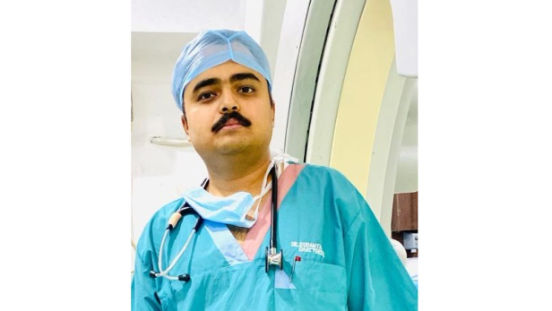- Home
- Speciality specific Q&A
- Cardiology
- Heart Disease
I'm trying to understand the difference between the results of my echo and my CT scan regarding my heart condition. My echo shows mild concentric LVH with lvpwdd 12.2 and ivs d 12, and my LVEF is at 73. But my CT scan, which was a 128-slice MDCT of the heart, suggests normal LVH and a normal LV cavity with normal thickness, having a zero calcium score. Also, my TMT came out negative for any chest pain-related issues. I'm kind of confused here. Which result should I rely on when it comes to the left ventricular hypertrophy? Which is considered more accurate or should I be concerned about something else here?
I'm trying to understand the difference between the results of my echo and my CT scan regarding my heart condition. My echo shows mild concentric LVH with lvpwdd 12.2 and ivs d 12, and my LVEF is at 73. But my CT scan, which was a 128-slice MDCT of the heart, suggests normal LVH and a normal LV cavity with normal thickness, having a zero calcium score. Also, my TMT came out negative for any chest pain-related issues. I'm kind of confused here. Which result should I rely on when it comes to the left ventricular hypertrophy? Which is considered more accurate or should I be concerned about something else here?
I'm trying to understand the difference between the results of my echo and my CT scan regarding my heart condition. My echo shows mild concentric LVH with lvpwdd 12.2 and ivs d 12, and my LVEF is at 73. But my CT scan, which was a 128-slice MDCT of the heart, suggests normal LVH and a normal LV cavity with normal thickness, having a zero calcium score. Also, my TMT came out negative for any chest pain-related issues. I'm kind of confused here. Which result should I rely on when it comes to the left ventricular hypertrophy? Which is considered more accurate or should I be concerned about something else here?
Both CT angiography and echocardiogram are valuable tools for assessing left ventricular hypertrophy (LVH), but they provide different types of information. In your case, since the CT angiography showed normal left ventricular cavity with normal thickness and normal coronary arteries, and zero calcium score, it indicates a healthy heart without any structural abnormalities or blockages. On the other hand, the echocardiogram reported mild concentric LVH with specific measurements of left ventricular posterior wall thickness (LVPWd) and interventricular septum thickness (IVSd). Given the discrepancy between the two imaging modalities, it is important to consider the clinical context and overall picture. In this scenario, the findings from the CT angiography showing a normal heart structure and function, along with a negative TMT (treadmill test), are more indicative of a healthy heart. Therefore, the CT angiography results are more reliable in this case. To address the chest pain related problem, you can consider taking medications like Amlodipine (5mg) for blood pressure control and Metoprolol (25mg) for heart rate control. Additionally, Nitroglycerin sublingual tablets can be used for chest pain relief as needed. It is also important to follow up with your healthcare provider for further evaluation and management.



